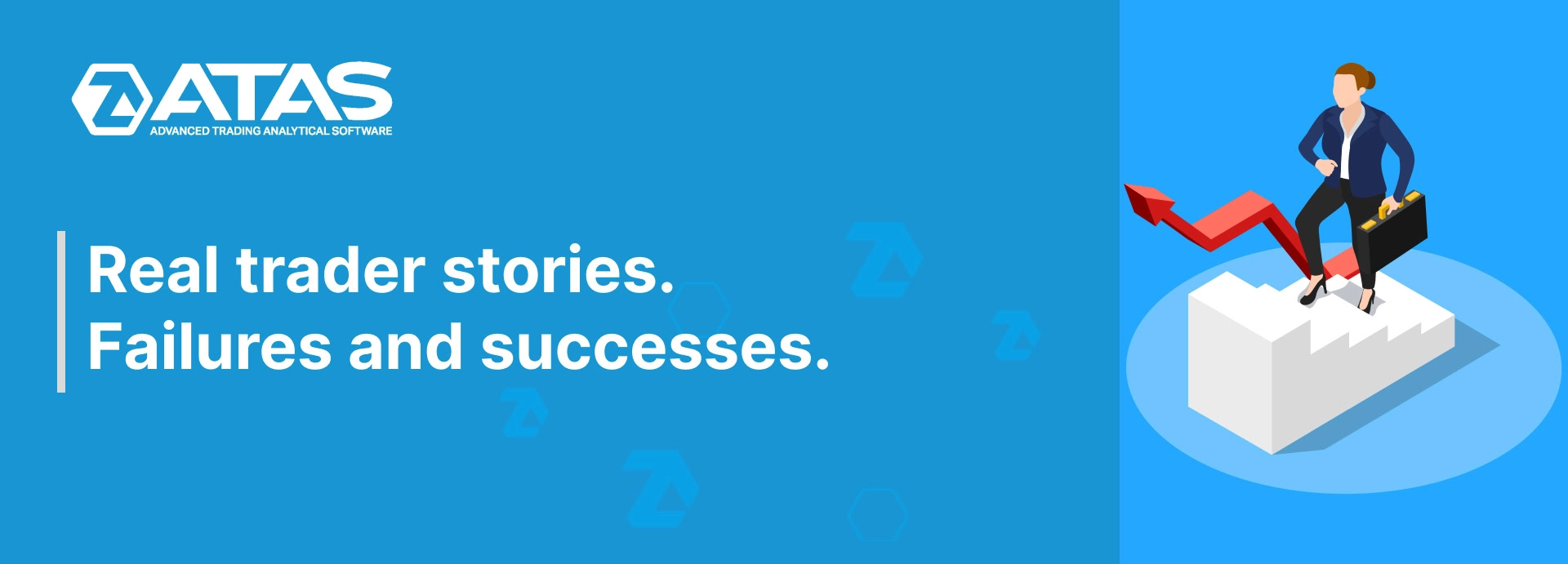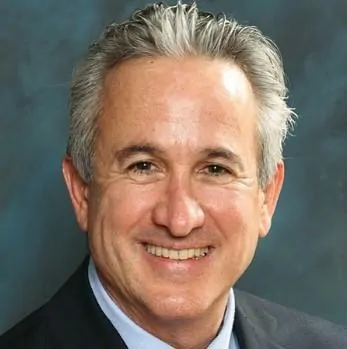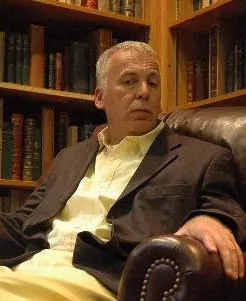Failures and successes of real traders
Trader stories are important for development of new market participants. Reading about successes and mistakes of other traders, beginners adopt valuable experience. Despite the fact that trader stories do not contain specific charts and setups, nevertheless, they contain important general information:
- advice of experienced traders;
- reasons of their failures and successes in specific trades;
- rules and mistakes.
First, we will speak about traders who managed to make a lot of money but had difficulties and loss-making periods in the course of their careers. However, they managed to cope with difficulties and achieve success.
Linda Bradford Raschke
The first would be the story of success of a trader Linda Raschke.
Linda’s father traded on the exchange but didn’t make profit. She was the senior out of 4 children and helped her father to leaf through the charts. When she was in college, she was selected in a group of 10 students who managed an anonymous trust fund. The students made decisions using fundamental analysis.
She didn’t manage to get a job at a brokerage firm and started to work as a financial analyst for a firm that traded paper. Her working day started one hour before beginning of trading on the Pacific Coast Stock Exchange and Linda used to appear on the trading floor every morning before working hours. Traders noticed her and started to tell her about trading. One of the traders became her teacher. He also gave her USD 25 thousand, so, Linda started to trade and they shared the profit equally.
At the beginning, Linda traded only undervalued and overvalued options. She doubled the capital during 3 months when she was 22. And then lost USD 80 thousand on City Service options in one night when the company announced its merger. The start-up capital and the made profit were lost plus she made losses in the amount of USD 30 thousand. Then she found another investor and started to make a stable profit after a failure with options.
Linda worked as a trader on trading floors of a number of exchanges for 6 years. She was injured during the horse riding in 1986, that is why she started to trade remotely. The first year of ‘home trading’ was the most profitable one in her career.
Namely at home she found her trading style and niche – short-term S&P 500 index futures trading. Raschke calls herself an adhere of the chaos theory. She believes that insignificant changes of some financial assets could result in huge fluctuations of the prices of some other assets.
An ideal trade lasts for 10 days. Linda doesn’t set price goals – she exits from a trade intuitively.
Raschke believes that an ability to find ideal entry points is her strongest skill. She identified a regularity for herself, which brings her profit. Prices move from local highs to local lows approximately for a period of 2-4 days.
Raschke started to feel lonely after 4 years of trading from home since she wanted to communicate with other traders or to work on a common trading floor. She tried to hire an assistant and to work together with colleagues but all this didn’t last long.
Linda was out of the market during the 1987 crisis, but she decided to buy and took 10 contracts exactly on the day when the S&P 500 index fell. She lost USD 100,000 by the end of the day but didn’t close long positions because she believed that the index would bounce. Her expectations proved true the next day. However, she managed to close only some positions with a profit since she decided to hold them for several days.
Linda thinks that her main mistakes and weaknesses are:
- too early position opening;
- simultaneous trading in several markets. She monitors 20 markets and sometimes opens 6 trades at a time.
Raschke makes profit in approximately 70% of trades. Average USD 450 of profit against USD 200 of loss allow her to stay profitable month after month.
Linda believes that women could be as successful in trading as the men do. Women do not assert themselves and do not open big positions for an adrenaline buzz or in order to feel power over the market. They are more self-contained and humble.
Raschke recommends beginner traders to:
- remember that it takes years to study trading. And it is necessary to completely immerse into the trading during these years;
- communicate with successful traders as often as possible;
- find own niche and trading style;
- select one market and keep a log by all means;
- actively trade and do not be afraid of markets and losses.
Mark Weinstein
The next real trader story is about Mark Weinstein.
Weinstein lost USD 7,800 in his first trade out of USD 8,400 he had. It was a corn futures long position, which he took under advice of an analyst.
Mark didn’t know anything about markets at that time and he opened that position to make a quick and easy money. After that, Mark worked hard as a real estate broker for 7 months and saved USD 24,000. He put USD 20,000 out of the saved money on his trading account and successfully (mainly due to a good luck) traded for several years. He didn’t use the capital management methods but relied on intuition instead. However, he studied everything that had to do with the technical analysis.
While travelling in Europe, Weinstein had a strong wish to buy a manor house for USD 350,000. He had this money but he didn’t want to take it out of circulation, so, he set a goal to make money to buy a manor house. He bought many soybean contracts and set a tangible goal instead of conducting an analysis. But something incorrigible took place – the market moved against him.
Weinstein lost USD 125,000 every day but couldn’t close the position because he believed that the fundamental factors are on his side. There were USD 1.5 million on his trading account before he entered the trade and his account reduced to USD 600,000 in 5 days. Weinstein went through the roof, planned to give up trading and started to think that he had made the previous profit only out of pure luck.
Price fluctuation restrictions were in force in the commodity markets at that time. These restrictions didn’t allow traders to close large loss-making positions, so Weinstein couldn’t do anything. He missed the moment when he could have closed the position because he hoped for the better and later he couldn’t do it due to the existing restrictions.
Mark had never opened short positions before that soybean trade because he thought it ‘was not in the American way’. He realized after the big losses that his losses are profits of other traders who opened short positions and there is no difference for them whether to sell or buy. Weinstein couldn’t restore his psychological state for several months.
He tried to trade stocks but they were too slow. Then he started to trade options and lost a significant amount again because he opened the trade on his friend’s advice. By the way, his friend wanted to teach Mark not to believe anyone, that is why he opened an opposite trade, the profit from which he gave to Weinstein.
Weinstein took part in an options trading competition and turned USD 100,000 to USD 900,000 in three months. He didn’t have a single loss-making trade.
Later he started to trade commodity futures but avoided soybeans for a very long period of time. Weinstein hasn’t had loss-making months and weeks since 1980.
When trading, he uses a computer system, which he developed himself. He uses Elliott waves, Fibonacci retracement levels and chart patterns, but interprets the results using own intuition and experience.
Main trading rules of Mark Weinstein:
- to prepare for a trading session and analyze the previous day;
- to open trades only under favourable conditions;
- to be free from the pressure of the majority and opinions of analysis;
- to be flexible and take the current market developments into account;
- to stay focused even after receiving a profit.
It is very important for beginner traders to learn to lose and immediately stop losses.
Ingeborg Mootz
Here’s a very interesting trader’s success story of Ingeborg Mootz.
Ingeborg could be 100 years old in 2022. She started to trade in the stock market after her husband died when she was 75. He prohibited her to work when he was alive. He bought VEBA energy concern stock without telling her. The value of the stock increased twice one year after his death. Ingeborg was called ‘million dollar granny’ in the 1980s, although, in fact, she made half a million EUR during 7 years of trading.
Ingeborg not only profitably traded but also taught traders. She also published a book under a nickname since she received many letters from elderly women. Mootz said in an interview that the Germans were not properly educated in the investment issues. They preferred to work in the office rather than learn to invest.
Frau Mootz had strict rules:
- to invest in banks only;
- to buy stocks of stable companies with a long history or their new subsidiaries;
- to buy stocks, the prices of which are close to the annual low, of the supposedly stable companies, which would grow in a couple of years;
- to invest for a period of not less than one and not more than two years.
It’s an interesting fact – Ingeborg traded by phone because she didn’t want to master computer. She took the price data from the stock quote tapes.
Victor Niederhoffer
One more today’s hero is Victor Niederhoffer.
The majority of rating agencies considered Niederhoffer to be the best trader in the sphere of asset management in the middle of 1996. He turned USD 100,000 of one of his customers to USD 6 million for a bit less than 15 years.
Victor didn’t read newspapers except for one. He didn’t have a TV set and he didn’t track the news. He avoided speaking during a trading day because it diverted his attention. Niederhoffer didn’t like modern books and preferred the books written 100 years ago (trading books you must read).
Victor Niederhoffer executed trades for more than USD 1 billion every month from 1990 until 1996. Sometimes he executed trades of this amount during one trading session. He was a gambler, that is why his daily losses could reach 25% of his trading account.
Niederhoffer managed the Gerorge Soros money and made quite a lot of money for him but voluntarily left when he realized that experienced difficulties.
He executed about 2 million trades during 15 years and the average profit of each trade was about USD 70.
Niederhoffer bought 100 S&P 500 futures contracts on October 19, 1987 and immediately lost USD 3 million. His love for risky trades and big positions resulted in the wreck of his fund in 1997. Moreover, he lost all his personal money.
However, he managed to return to the exchange and even organized operation of two hedge funds. Initially, his former customers, who believed in Niederhoffer, invested money into these funds.
Jim Rogers
The next successful trader is Jim Rogers. He also worked with George Soros but as a partner.
Jim Rogers had USD 600 of the start-up capital at the end of the 1960s. And he founded the Quantum Fund with George Soros in 1973. Rogers considered himself an investor rather than a trader since he was able to wait for a proper case and held positions for a long period of time.
Jim based his trades on fundamental factors and analyzed the past with the help of charts. He made the biggest profits in the trades against market panics (more information about panic climaxes).
Rogers started to trade when he studied in Oxford. He made money in the bullish market. He worked as a junior analyst on Wall Street after Oxford and two years in the army. At that time, he used to buy stocks, bonds and options. Later he would stop buying options and would only sell them. He never had free money, that is why his wife left him. He wanted to invest into trading to make money. He hasn’t had loss-making years since 1970.
However, there were drawdowns. One day, Rogers opened short positions of gold futures at USD 675. However, gold grew up to USD 875 during the further 4 days and, after that, it started to fall. Rogers took risks and held short positions. Although, you can lose the complete capital in such trades.
Rogers voluntarily left the Quantum Fund in 1980 and continued to trade for himself. Rogers recommends to trade against the Central Banks. According to him, it makes sense to sell a currency if the Central Bank supports it.
Main trading principles:
- buy ‘value’. Value cannot lose a lot in price;
- wait for a catalyst or events, which would change the market;
- trade against panic, taking into account fundamental factors;
- do not jump into any trade and be patient and selective;
- be flexible and trade in different markets at different times;
- be able to hold both profit-making and loss-making positions if you are sure in the quality of your forecast.
We will continue publication of articles about real trader stories soon. Check our blog for new articles and subscribe to OrderFlowTrading in social networks.








